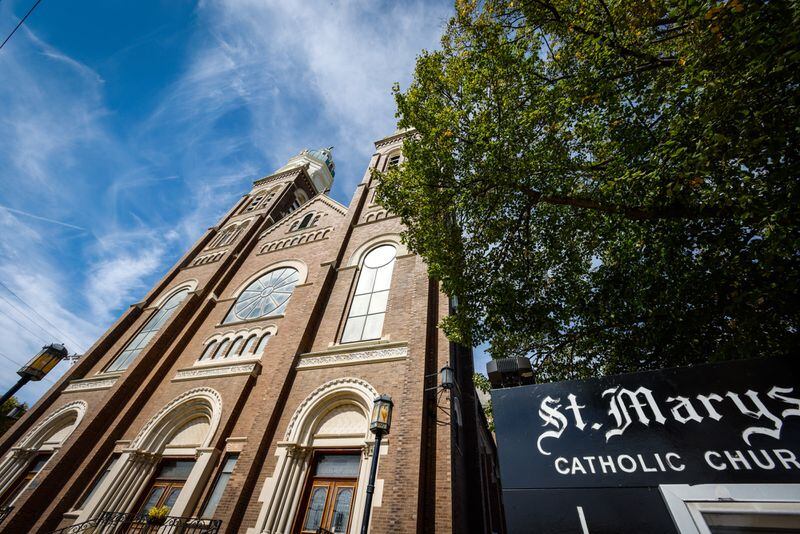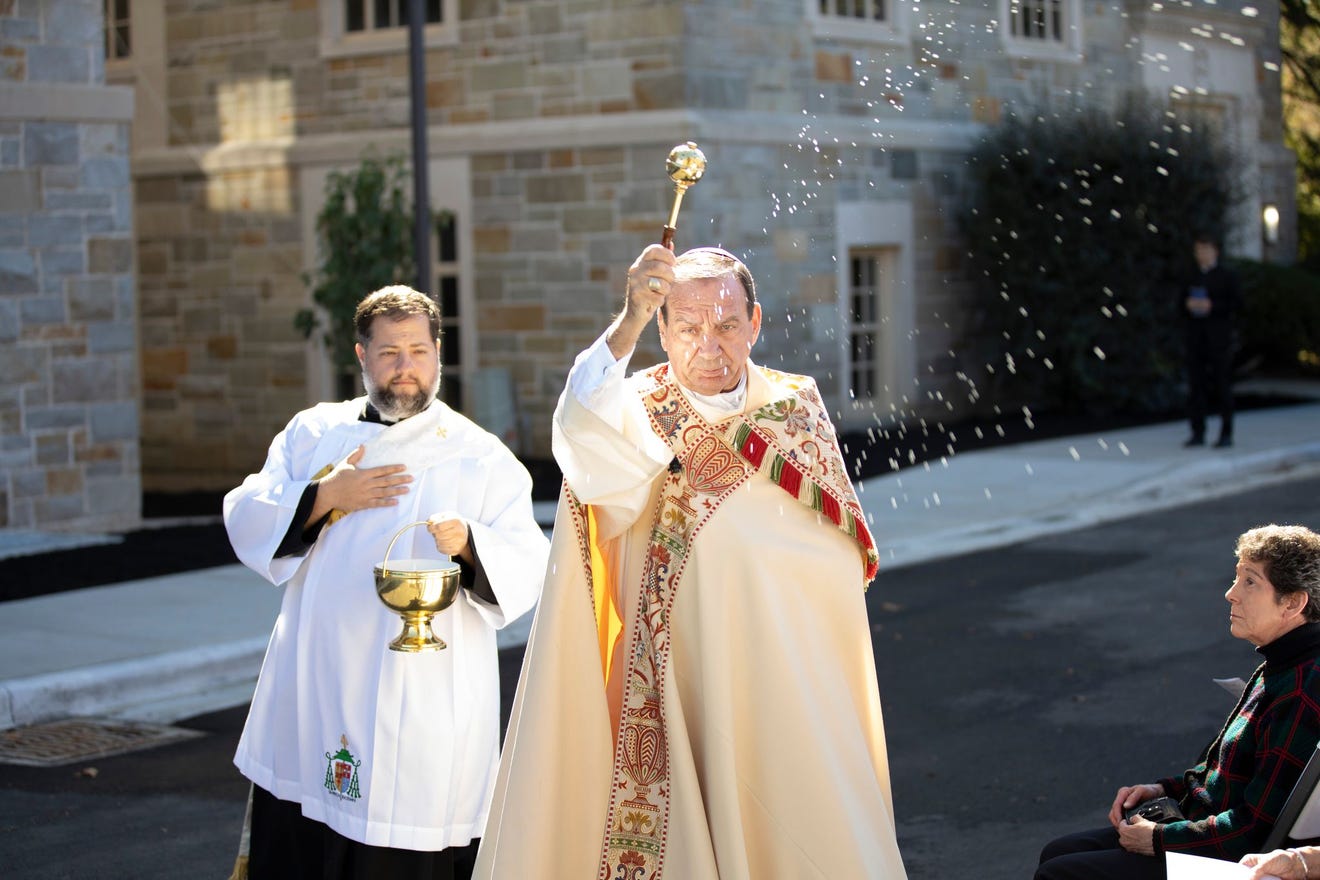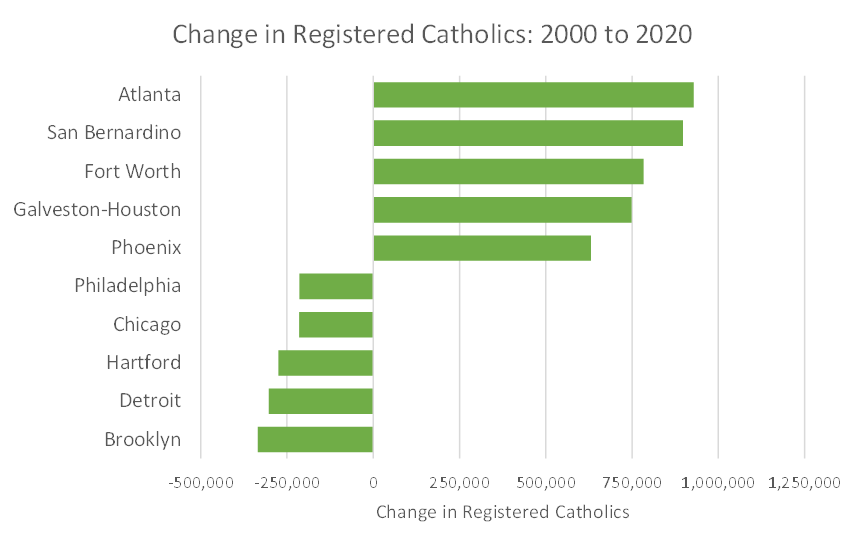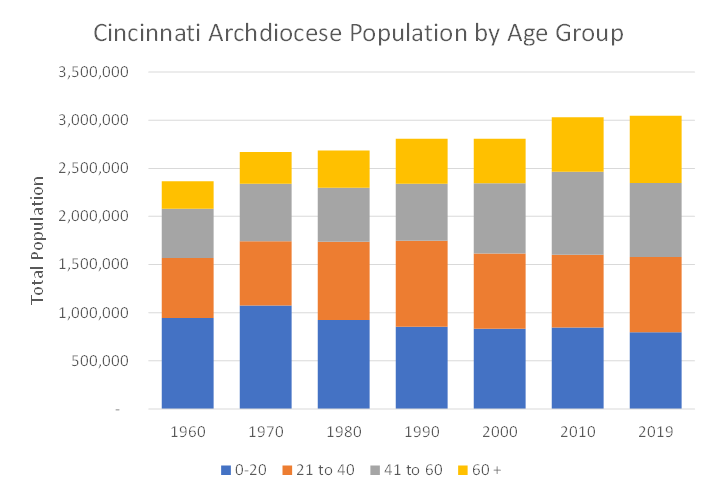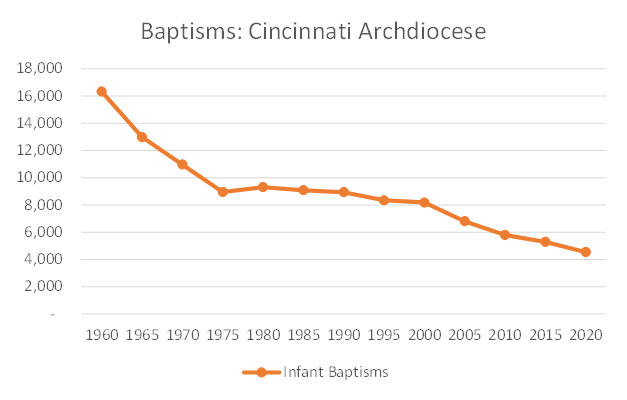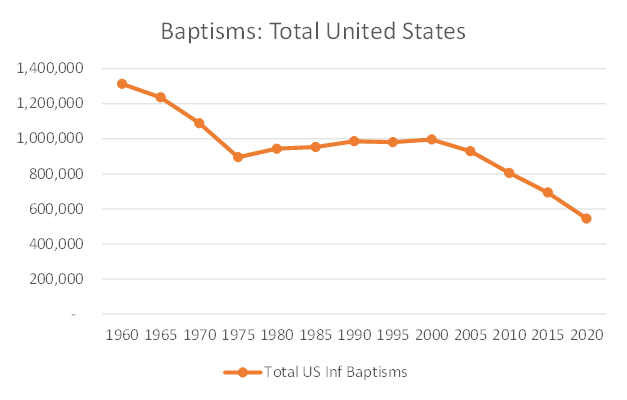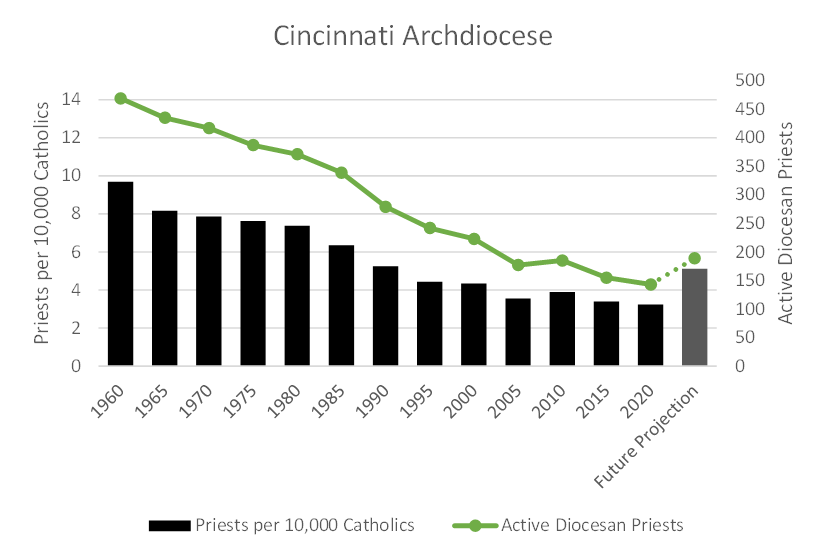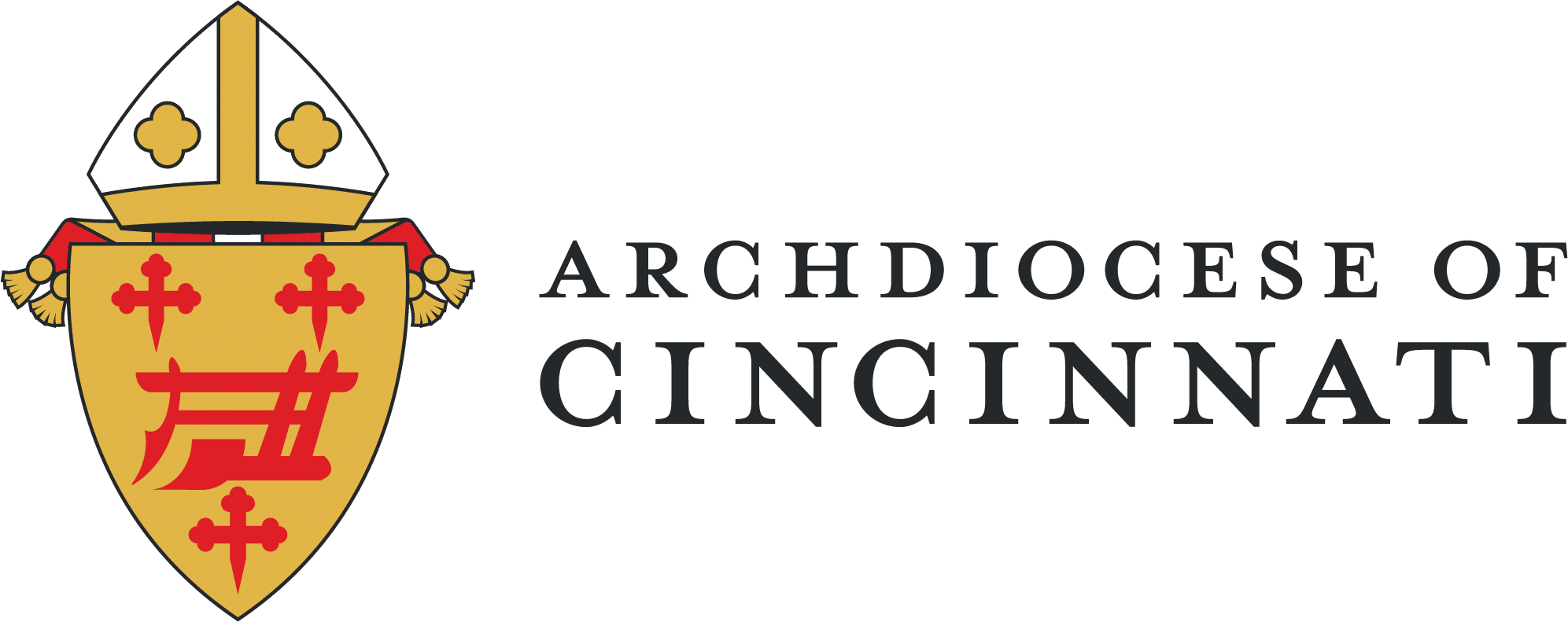Dear brothers and sisters in Christ,
This past June 19 was the bicentennial anniversary of the founding of the Archdiocese ofCincinnati, marking an important milestone in the life of the local Catholic Church. We give thanks to our generous God for the many blessings He has bestowed on us over our first 200years and look forward with expectant faith to what is to come.
Today likewise marks an important milestone. I am pleased to announce the finalFamilies of Parishes, bringing to close the first major phase of Beacons of Light. Beginning at noon today, these Families of Parishes can be viewed online at www.BeaconsAOC.org. Thank you to the thousands of Catholics in the archdiocese whose thoughtful feedback has significantly shaped this phase of our pastoral planning. I am deeply grateful.
The enduring mission of the Catholic Church, our mission, entrusted to the apostles byJesus, is to proclaim the Good News of salvation and make disciples. We have a responsibility to make the best use of all the means which God has provided us to pursue this sacred mission. The purpose of Beacons of Light is to ensure that all our resources – human, physical and financial –are properly ordered to missionary discipleship. I am convinced that Beacons of Light, born of great hope, will enable us to form stronger parishes, centered on the Eucharist, that radiate the love of Christ and joy of the Gospel in a world that is frequently indifferent or even hostile.
We now move on to the next major phase of Beacons of Light, the implementation of the new Families of Parishes on July 1, 2022. This will involve a great deal of planning and preparation over the coming months. Please pray for me and all the priests and lay people of our archdiocese who will play significant roles in this effort. Please also know of my prayers for you.
Our life in Christ is always a response to God’s initiative. As we continue this challenging but exciting endeavor, may we stay attentive to all that the Lord is doing in our midst. God has abundantly blessed our first two centuries and will certainly bless the next. He has promised to never leave us. May God bless and keep all of us as we journey together toward the celebration of the birth of our Lord with certainty in our hearts that Christ remains with us always.
Sincerely yours in Christ,
Most Reverend Dennis M. Schnurr
Archbishop of Cincinnati
